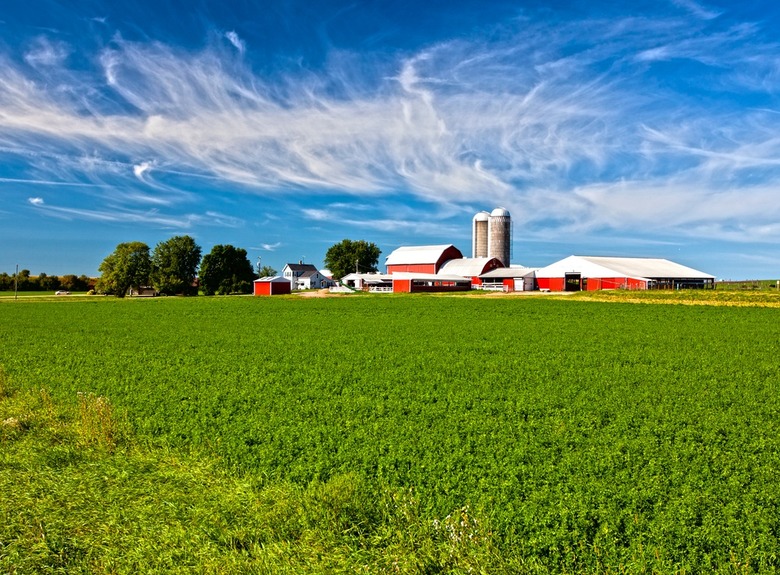Tampa Food Writer Exposes The Farm-To-Table Fraud
Earlier this week, Tampa Bay Times food critic Laura Reiley published one of the most important and original pieces of food journalism we've seen in years. (Tom Colicchio tweeted that "every chef and restaurateur should read this excellent article.") Reiley, who was previously a critic for the San Francisco Chronicle and the Baltimore Sun, decided to find out just how many "locavore" menus were telling the truth about the source of their raw materials; the results of her research may be gleaned from the headline on her article: "At Tampa Bay farm-to-table restaurants, you're being fed fiction."
For months, Reiley spirited fish samples out of restaurants in baggies, called producers and vendors listed on menus, visited farms to see if they really were farms. The upshot? "Just about everyone tells tales."
According to Reiley, Mermaid Tavern in Seminole Heights served "wild-caught Florida shrimp" that were actually farm-raised shrimp from India. The grouper sushi roll at Jackson's Bistro on Harbour Island was in fact made with tilapia. Pelagia in Tampa sold "local" burrata that was in fact imported from Italy and "Florida blue crab" that came in cans from Maine. Boca Kitchen Bar Market in Riverview, near Tampa, which emblazons the mottos "Buy Local/Stay Local," "Market Fresh," and "Organic Sustainable" in foot-high letters around the top of its building listed vendors on its website that had been closed for months, or had no record of sales to Boca, or didn't carry the products supposedly sourced from them.
Ted Dorsey, chef–owner of The Mill in St. Petersburg, told Reiley that all his food comes from within approximately a 250-mile radius. He said, for instance, that he bought Tallahassee pork — but the supplier he names doesn't sell Tallahassee pork; the quail he claimed was from Lake City was actually raised in Wyoming; his trout came from Idaho, his beef from Colorado. Er, well, he explained when Reiley called him on these discrepancies, he can't find quality proteins in Florida — backpedaling from a 250-mile radius to "[W]e serve local within reason."
Farmers markets are no better than restaurants, the critic found, and reported in a follow-up article. She discovered a hydroponic vegetable farmer whose facility was abandoned and clogged with non-hydroponic weeds, and a farmer with a stand full of supposedly homegrown produce who admitted that her farm was "currently replanting." A lot of what is sold as farm-grown, says Reiley, is in fact sourced from big wholesalers, and what they sell to market purveyors is the stuff that isn't good enough for their supermarket customers.
Reiley is careful to add that sometimes the misidentification she encountered, in restaurants and at markets alike, was the result of honest mistakes, or failure to update information that might once have been true. The menus at many of the restaurants she called out have since been amended.
Still, Reiley's articles suggest that the savvy consumer should be skeptical about claims of locavorian purity. The consumer is being fed, says Reiley, "A story about overalls, rich soil and John Deer tractors scattering broods of busy chickens. A story about healthy animals living happy lives, heirloom tomatoes hanging heavy and earnest artisans rolling wheels of cheese into aging caves nearby." But, she adds, "More often than not, those things are fairy tales."
The big question now is: Why wasn't this article done first, and long ago, by the food writers of New York, Chicago, Los Angeles, Houston, and/or other cities — and when will they bring this level of investigative reporting to their own publications?
